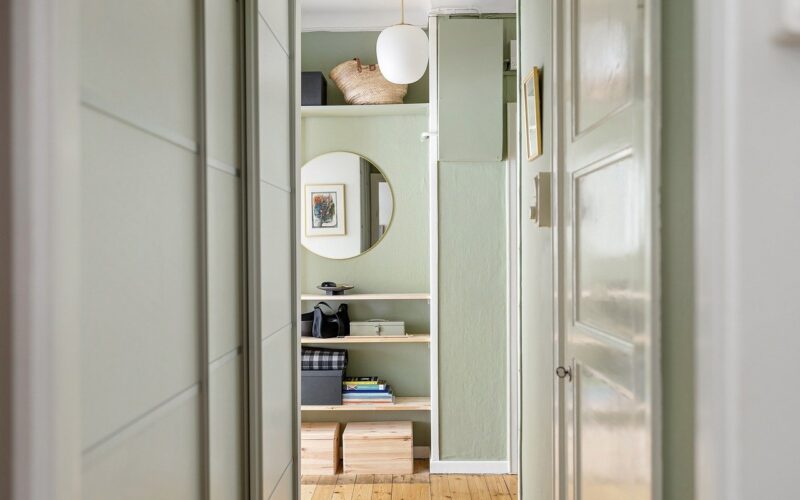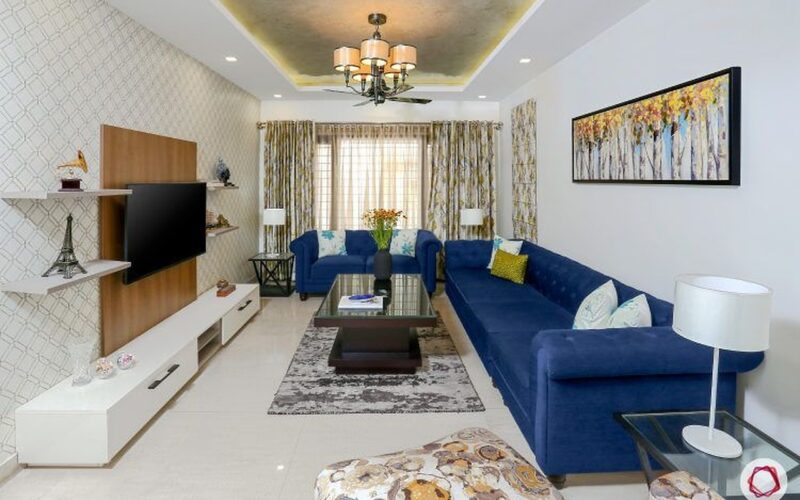Building something special while reducing our environmental footprint is essential for a sustainable future. Using solar renewable energy, grey water systems, and heat source pumps is a significant step in the right direction.
Solar power is available for free and can be a great source of energy for heating and electricity.
Grey water systems are designed to recycle and reuse water, reducing the amount of water needed for daily use.
Heat source pumps use the Earth's natural heat to regulate the temperature in your home, providing an energy-efficient way to control the climate inside your home.
By incorporating these technologies into your building plans, you can help reduce your carbon footprint and contribute to a more sustainable future.
Our environmental impact
As we spend more and more time in our homes, it's crucial that we understand the impact our daily activities have on the environment.
From the electricity we use to power our appliances and lights, to the water we consume and the waste we produce, everything we do has consequences, both positive and negative.
By taking the time to understand our environmental impact at home, we can make small but meaningful changes to our daily routine that collectively add up to a big difference for the planet.
Whether it's switching to energy-efficient light bulbs, composting our food waste, or simply reducing our water usage, there are many ways we can take responsibility for our actions and protect the environment for future generations.
Solar renewable energy
As our world becomes increasingly focused on sustainability, many homeowners are turning to renewable energy sources such as solar power.
However, evaluating the options for implementing solar energy at home can be overwhelming. It's important to consider factors such as the size and orientation of your roof, the amount of sunlight your home receives, and the upfront cost of installation.
Additionally, homeowners should investigate available government incentives and tax credits, as well as the long-term savings from decreased energy bills.
With careful research and planning, investing in solar energy for your home can not only benefit you financially, but also contribute to a more sustainable future for our planet.
Grey water systems
Grey water systems are becoming increasingly popular in the world of sustainable living.
These systems have been designed to collect and filter wastewater from our homes, before reusing it for non-potable purposes such as irrigation and flushing toilets.
With the increase in population and the growing water crisis, grey water systems present a sustainable solution to such challenges. Not only do they help conserve water resources, but they can also significantly reduce your monthly water bill.
Moreover, implementation of a grey water system offers psychological benefits, as homeowners take pride in practicing eco-friendly habits. It is important to consult with a professional installer to ensure that your system is installed and maintained properly.
With all of these benefits, it is clear that grey water systems are a worthy investment for homeowners looking to live a sustainable lifestyle.
Types of water filtration media
Water filtration media is crucial in purifying water for safe consumption.
There are various types of media used in water filtration systems, including silica sand and recycled glass. Silica sand is one of the most commonly used water filtration media as it is cost-effective and readily available. It is highly effective in removing larger particles, sediments, and debris from water.
On the other hand, recycled glass is an environmentally friendly option that can effectively remove harmful toxins and chemicals from water. It is often used in municipal water treatment plants.
If you are looking for high-quality silica sand for your water filtration system, consider contacting a reputable silica sand supplier to ensure that you are getting the right type of media for your needs.
Heat source pumps
Switching to heat source pumps is a smart choice for those who want to reduce their carbon footprint and save money in the long run.
These pumps use a small amount of electricity to transfer heat from the air, ground or water to warm up your home. They provide much more efficient heating compared to traditional methods, which can help you save up to 50% of your energy costs.
Heat source pumps have a longer lifespan than boilers and require less maintenance, making them both eco-friendly and cost-effective.
Not only that, but they also add value to your home and can reduce your carbon emissions by half, making your home greener.
Eco-friendly home improvements
Eco-Friendly Home Improvements are essential as they not only help the environment, but they can also save you money in the long run.
For starters, you can install low-flow showerheads and faucets to conserve water.
Additionally, switching to energy-efficient lighting and appliances can save you a significant amount of money on your utility bills. Installing an efficient heating and cooling system, such as a smart thermostat, can also help reduce energy waste.
Furthermore, opting for sustainable materials like bamboo or recycled glass in your remodelling projects can help reduce the carbon footprint.
Just a few small changes can make a big impact on the environment and your wallet.
Making your home sustainable
As our society becomes more aware of the impact we have on the environment, the trend towards eco-friendly living has grown in popularity.
Whether you're a seasoned environmentalist or just beginning to explore the concept of sustainable living, making your home more eco-friendly is a great way to reduce your carbon footprint and promote a more sustainable future.
There are several ways to achieve this, such as opting for energy-efficient appliances, ensuring proper insulation and weatherisation, and choosing sustainable building materials.
Additionally, you can incorporate natural elements like plants and sunlight into your home design to promote a healthier and more eco-friendly living environment.
With a few simple changes, you can transform your home into a space that's both stylish and sustainable.











